
13. Bastione Querini
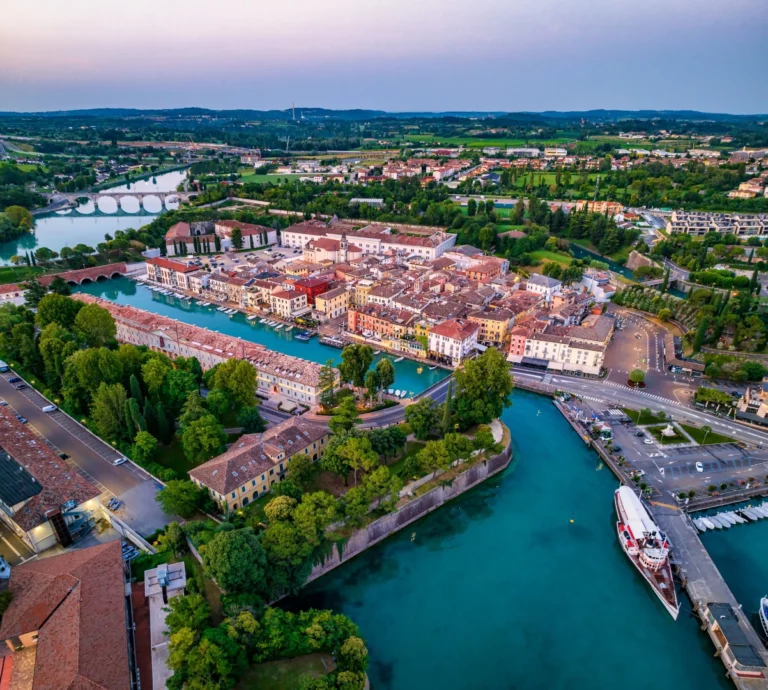
The Bastione Querini constituted one of the two sides of the entrance from the lake to the Fortress. This bastion served as an access point for boats and vessels, along with its twin which was demolished in the early 20th…

The Bastione Querini constituted one of the two sides of the entrance from the lake to the Fortress. This bastion served as an access point for boats and vessels, along with its twin which was demolished in the early 20th…
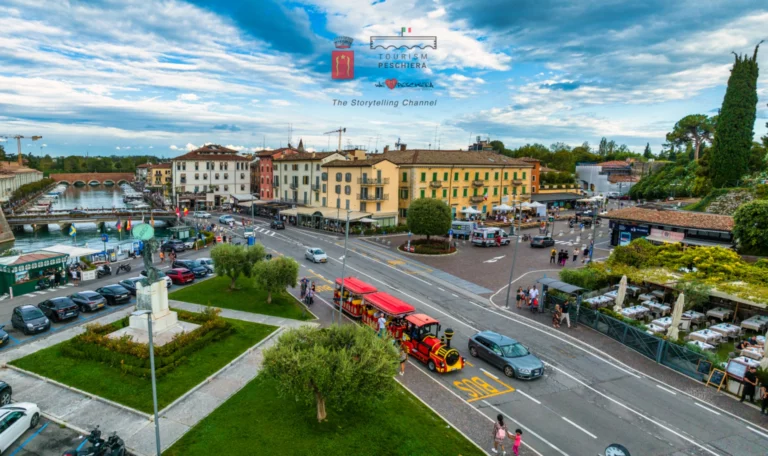
In this illustration, you can see a depiction of the ancient port of Peschiera. The city walls shown in this late 19th-century photo no longer exist, having been demolished between 1910 and 1911 for the city’s expansion. On the north…
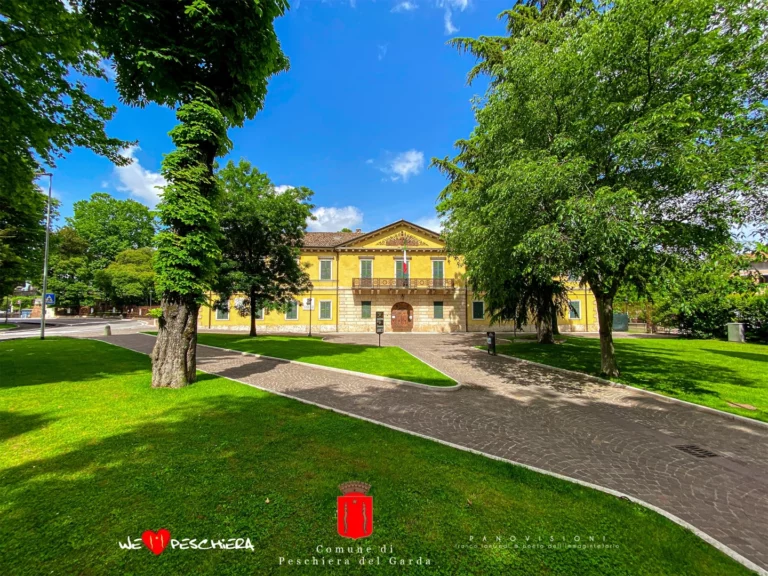
The Command Building of the Stronghold, erected in 1854, is also known as the “Palazzina Storica” because the Inter-Allied Conference of 1917 was held there during the Great War. This meeting took place immediately after the defeat at Caporetto, which…
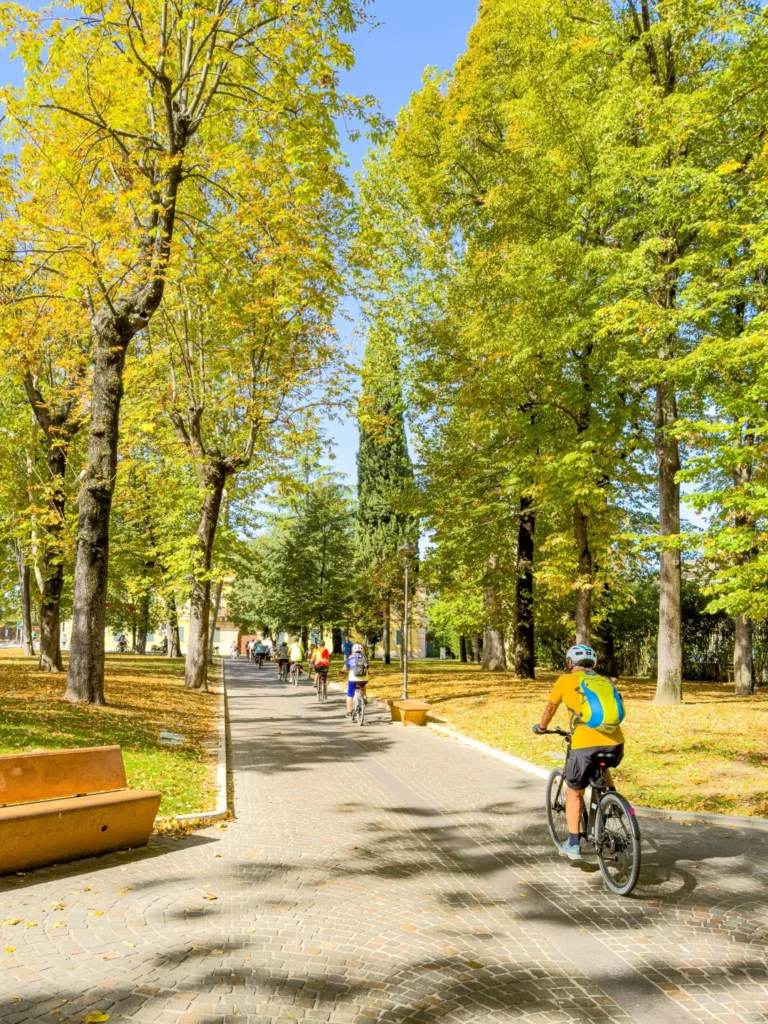
Now enter the green Parco Catullo, which in the medieval period was known as Trans Mincio. During the Middle Ages, this park was used for growing vegetables to sustain life within the fortress. In front of you, you can see…
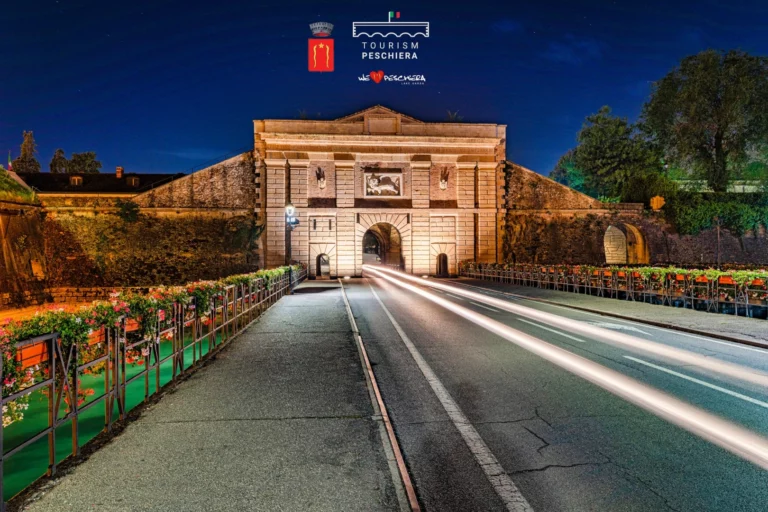
Entering the passageway and stepping outside the fortress for about ten meters, turn your gaze to the imposing facade of the gate. You can admire the central spot on the gate where the effigy of the Venetian Lion of St.…
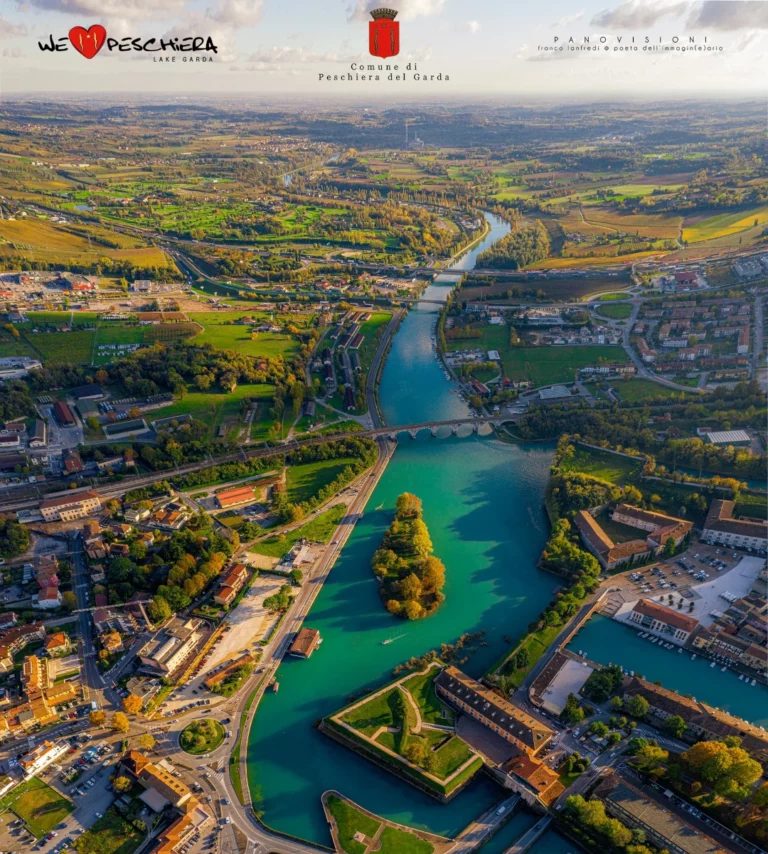
In front of you now is the bridge reconstructed after the 1944 bombing, which connects to the Milan-Venice railway line, built during the Habsburg rule. Additionally, as shown in the diagram, you can see the Royal Fish Hatchery, destroyed by…
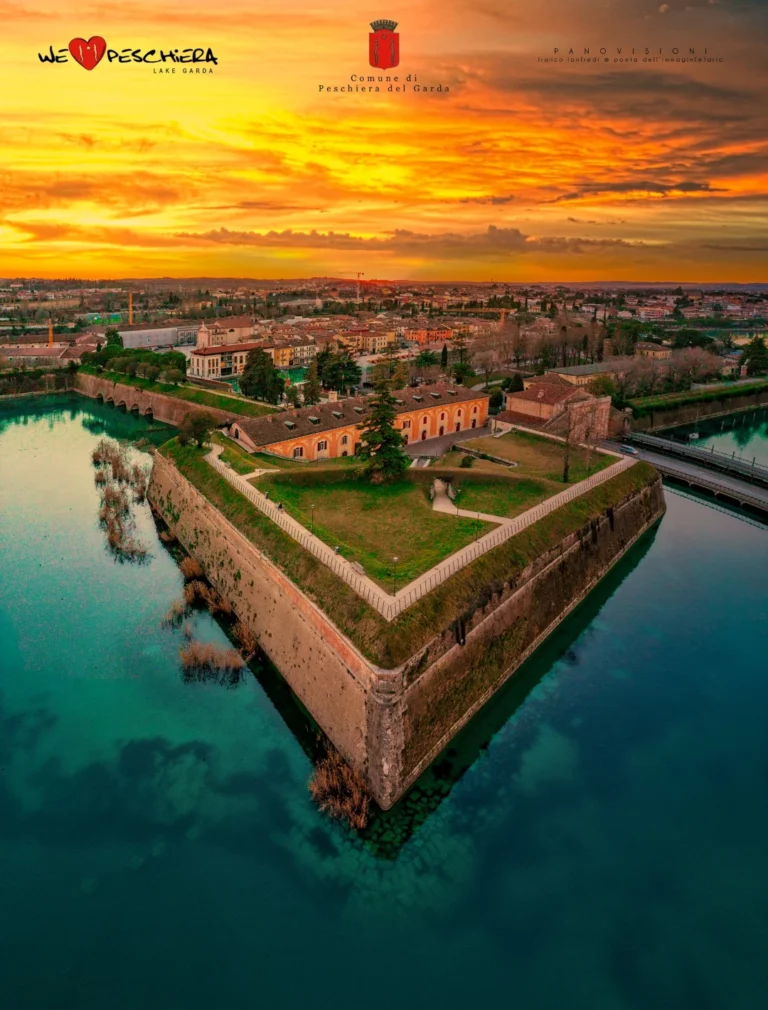
When you enter the courtyard of the Artillery Barracks, on the left, a flight of stairs will lead you to the Bastione San Marco. Built in 1553, it is the second bastion of the Venetian pentagonal fortress and is still…
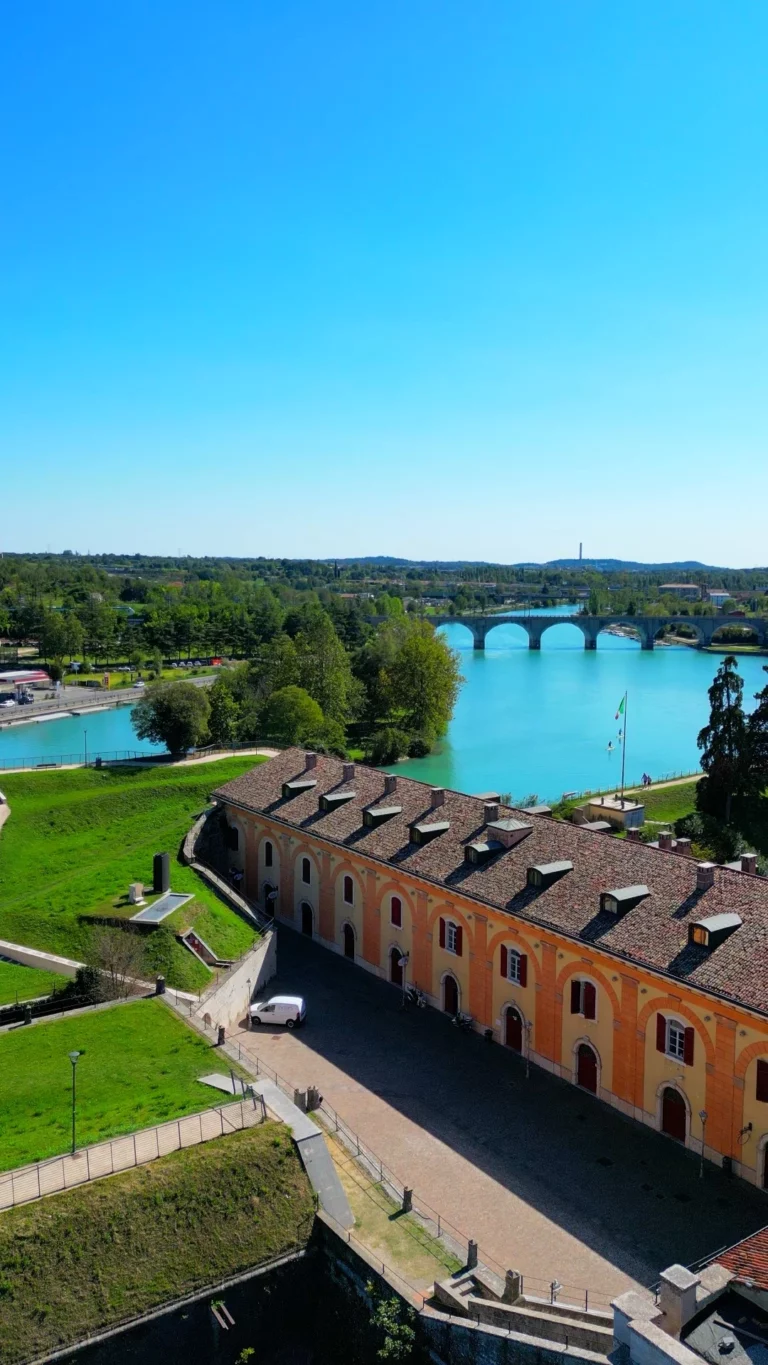
Beyond the Ponte dei Voltoni, you will see in front of you the former artillery barracks of the Habsburg military complex beyond the Mincio. You are about to enter the area that originally represented the Habsburg military quarter within the…
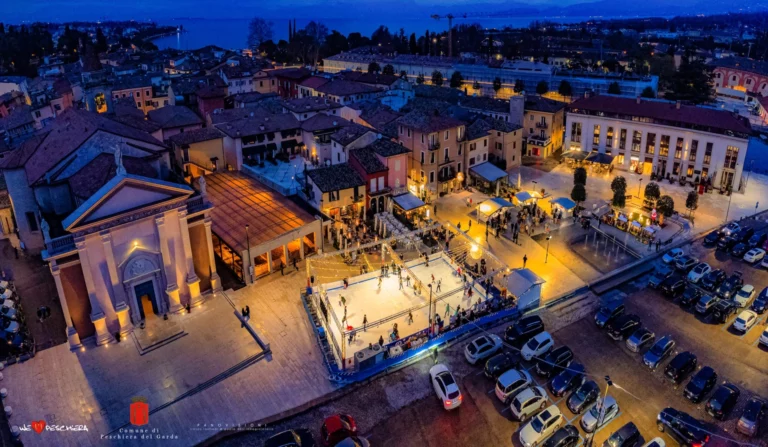
Immediately to your right, you can see the facade of the Church of San Martino, whose origins date back to the year 1000. The church was built on the pre-existing ruins of a temple dedicated to Jupiter. This theory is…
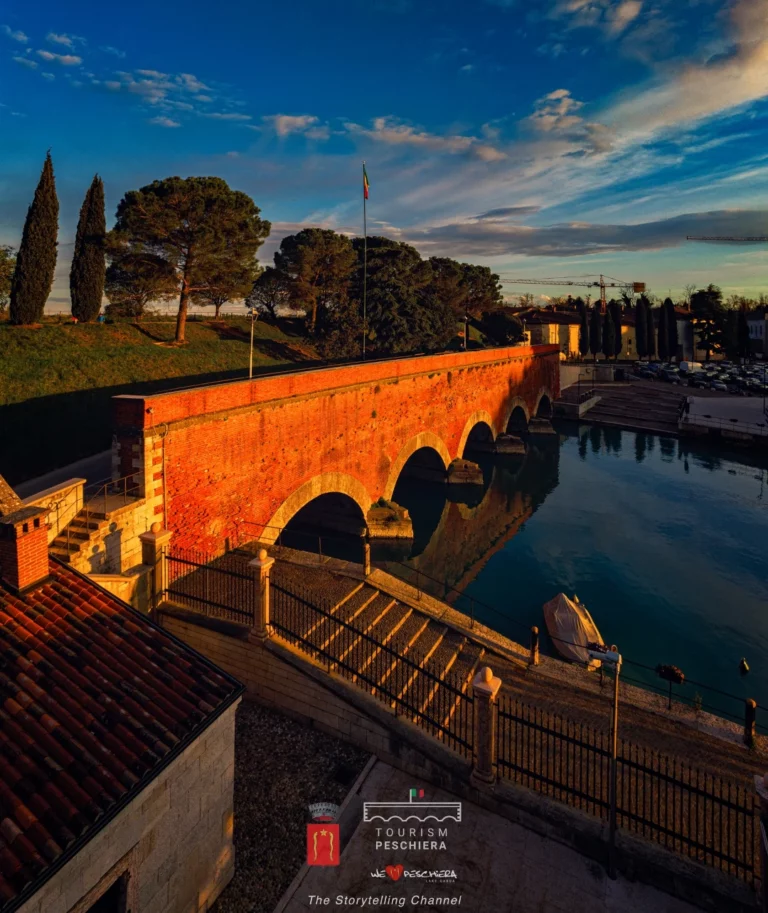
The Ponte dei Voltoni, recognizable by its distinctive five arches, was built in 1556. The construction was overseen by the Venetian Provveditore Iacobo Gauro, whose memorial plaque can still be seen today on the facade of a house on Via…